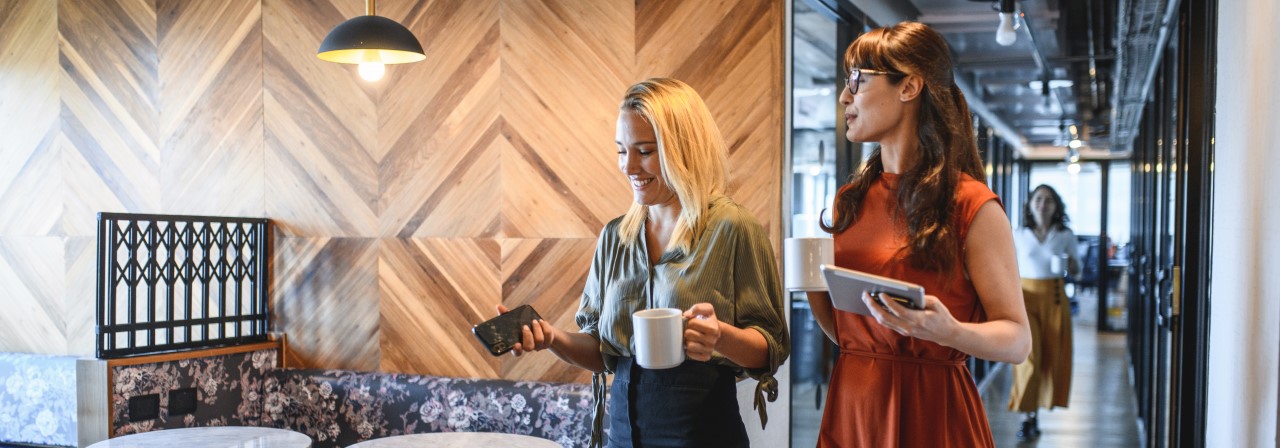How landlords are meeting office demand with plug-and-play suites
Businesses are looking to easier workspaces as requirements shift
Landlords looking for fresh ways to attract tenants during the pandemic are trialling one particular tactic: make moving in easier.
In a COVID-stricken economy, businesses are looking to avoid designing their own offices in order to save money and maintain agility as they adapt office requirements amidst ongoing uncertainty.
Over 80 percent of office leasing inquiries since the start of the COVID-19 pandemic have been for spaces that don’t require any design or construction efforts, an increase of roughly 30 percent prior to the crisis, according to JLL data.
This means that speculatively fitting out offices to suit the widest range of tenants is falling to landlords.
“Most businesses can’t get board approval for a new office that requires upfront capital, so they’re pushing for a cost-neutral move with flexible lease terms. And with rising vacancy, landlords are moving to shorter, more flexible lease terms of one to three years, or installing speculatively fitted space, to capture tenant demand,” says Alexandra Harper, office leasing - Victoria, JLL.
Increasing CBD office vacancy is piling on more pressure. In Melbourne, Australia it is 7.7 percent, up from 3.4 percent in the first quarter year, according to JLL data.
In a sign of tenant demand, investment management firm Neuberger Berman has signed a new lease for a 142-square metre speculatively fitted office at Charter Hall’s 9 Castlereagh Street tower in Sydney.
Providing these flexible solutions is now a ‘must’ for landlords, says Will Hamilton, head of CBD office leasing - NSW, JLL.
“The majority of tenants in Sydney CBD are currently focused on offices with a fitout in place and ready to occupy,” he says. “We are seeing some prospects look at a shorter-term commitment now, with a view to committing longer term within the building or landlord’s portfolio in 12-24 months as the market provides more clarity and certainty.”
Looking for more insights? Never miss an update.
The latest news, insights and opportunities from global commercial real estate markets straight to your inbox.
Designing the suite spot
Current economic uncertainty is accelerating a shift towards fitted offices that has been growing in recent years as landlords compete with flexible space operators for small to medium-sized businesses.
Providing suites, typically between 100 and 300 square metres for such businesses allows them to boost income and reduce vacancy.
This has been particularly true in Brisbane, where the trend initially took hold. As tenant appetite grows further, so does the amount and quality of speculatively fitted office space, says James Montague, office leasing - Queensland, JLL
“There is definitely a higher level of investment and thought that has gone into speculative fitouts. We’ve seen these spaces advance from 150 sqm to 1,100 sqm full floor fitouts with architecturally-designed workplaces. The engagement you get from tenants is incredibly different to inspecting a vacant space,” he says in the JLL Perspectives podcast.
Landlords and designers are working closer to understand and create spaces that will appeal to tenants. Timber finishes, residential-style furniture, softer, energy-efficient lighting, a combination of collaborative areas and quiet focus zones, and hues that take inspiration from the Australian natural environment are some of the current trends.
With the pandemic prompting businesses to downsize their office requirements and reconsider the purpose of the office, landlords are eager to impress, says Angie Leonardo, senior interior designer, JLL.
“Because of the focus on remote and flexible working, businesses will be reconsidering whether they need five floors anymore. Maybe they’ll just need two, and so landlords must adapt their strategies to really focus on what is important for tenants,” she says. “But quality must be balanced with cost, and so there are quick finishes that can stay in place to suit subsequent tenants.
“It’s often the experience that goes with it that can be the real differentiator.”
Contact Alexandra Harper
What’s your investment ambition?
Uncover opportunities and capital sources all over the world and discover how we can help you achieve your investment goals.
